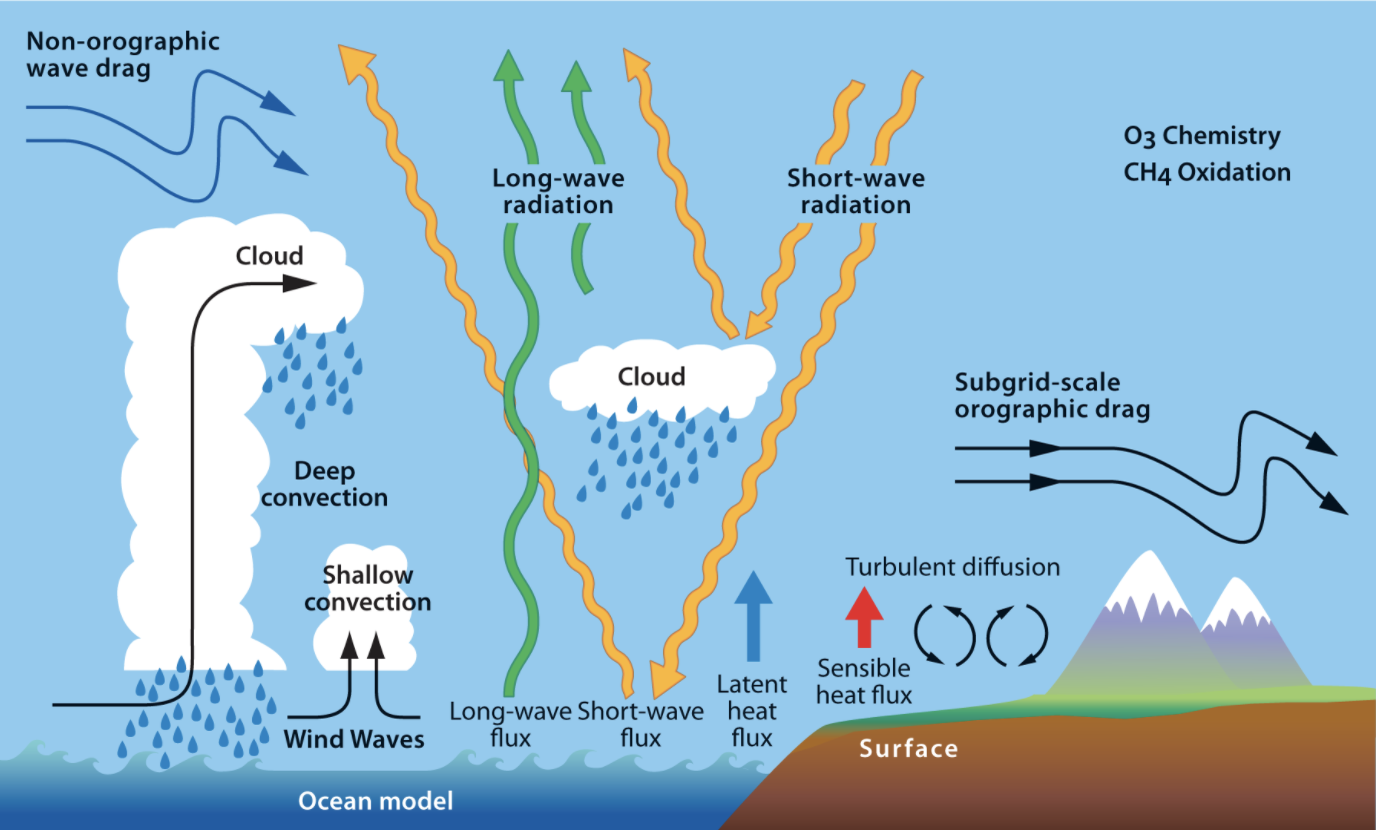Parameterizations

Atmosphere Model Working Group scientists both at NCAR and within the broader community are constantly seeking ways to improve the representation of physical and/or unresolved processes within the Community Atmosphere Model (CAM). Below we describe 3 major ongoing efforts to develop or improve parameterizations in CAM. However, other important efforts by individual scientists or smaller teams of scientists are also underway. We welcome input from community members on their current parameterization related research.